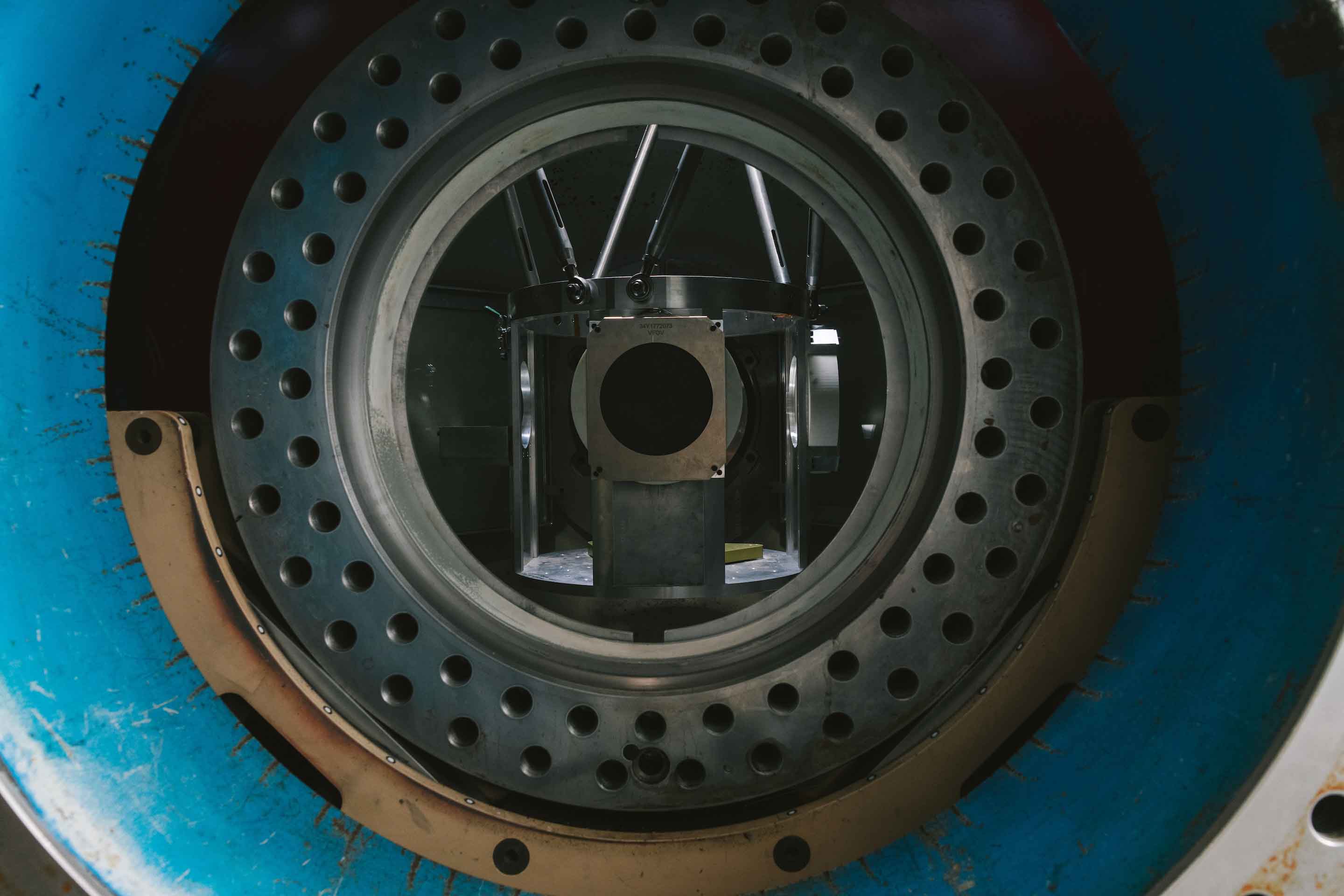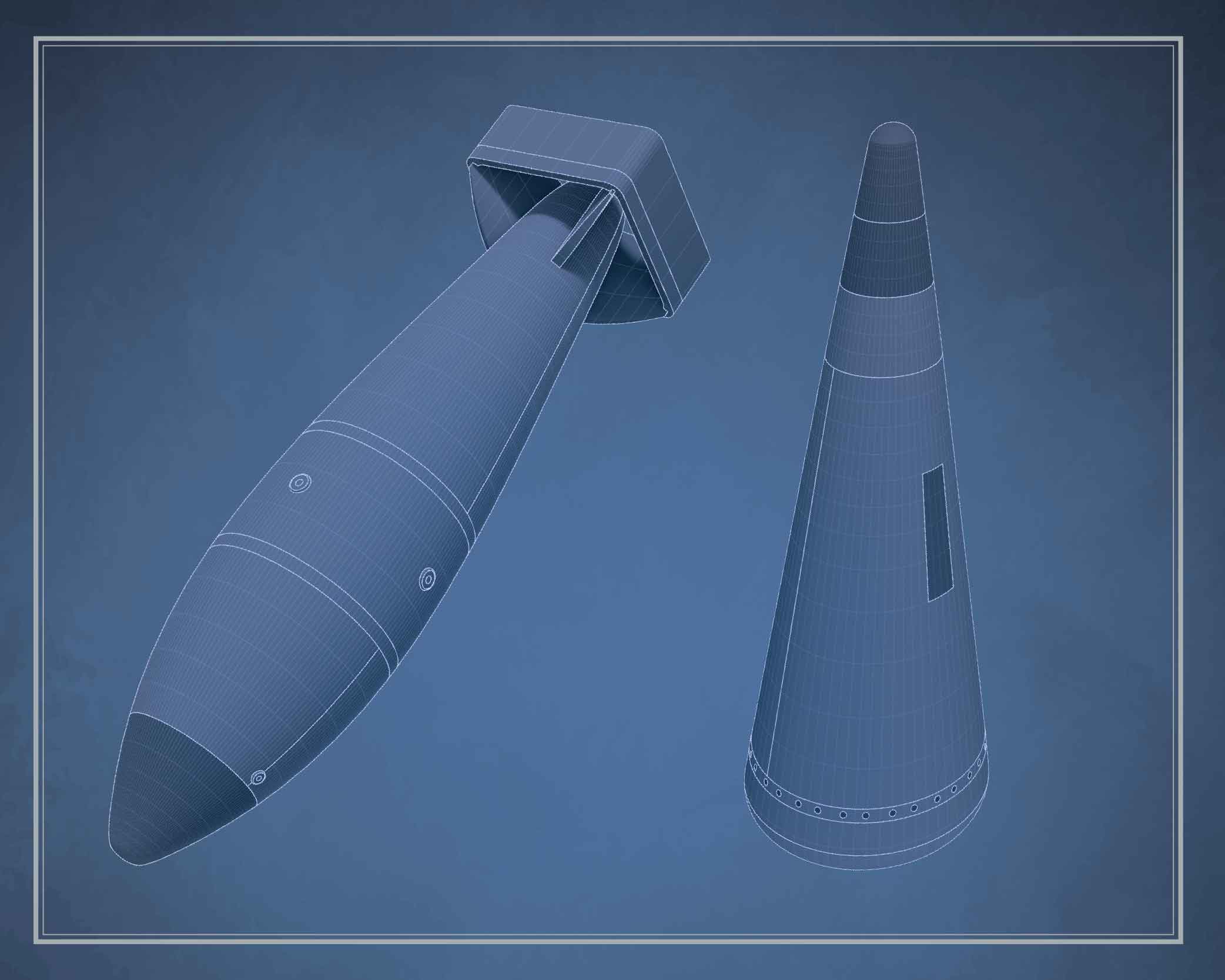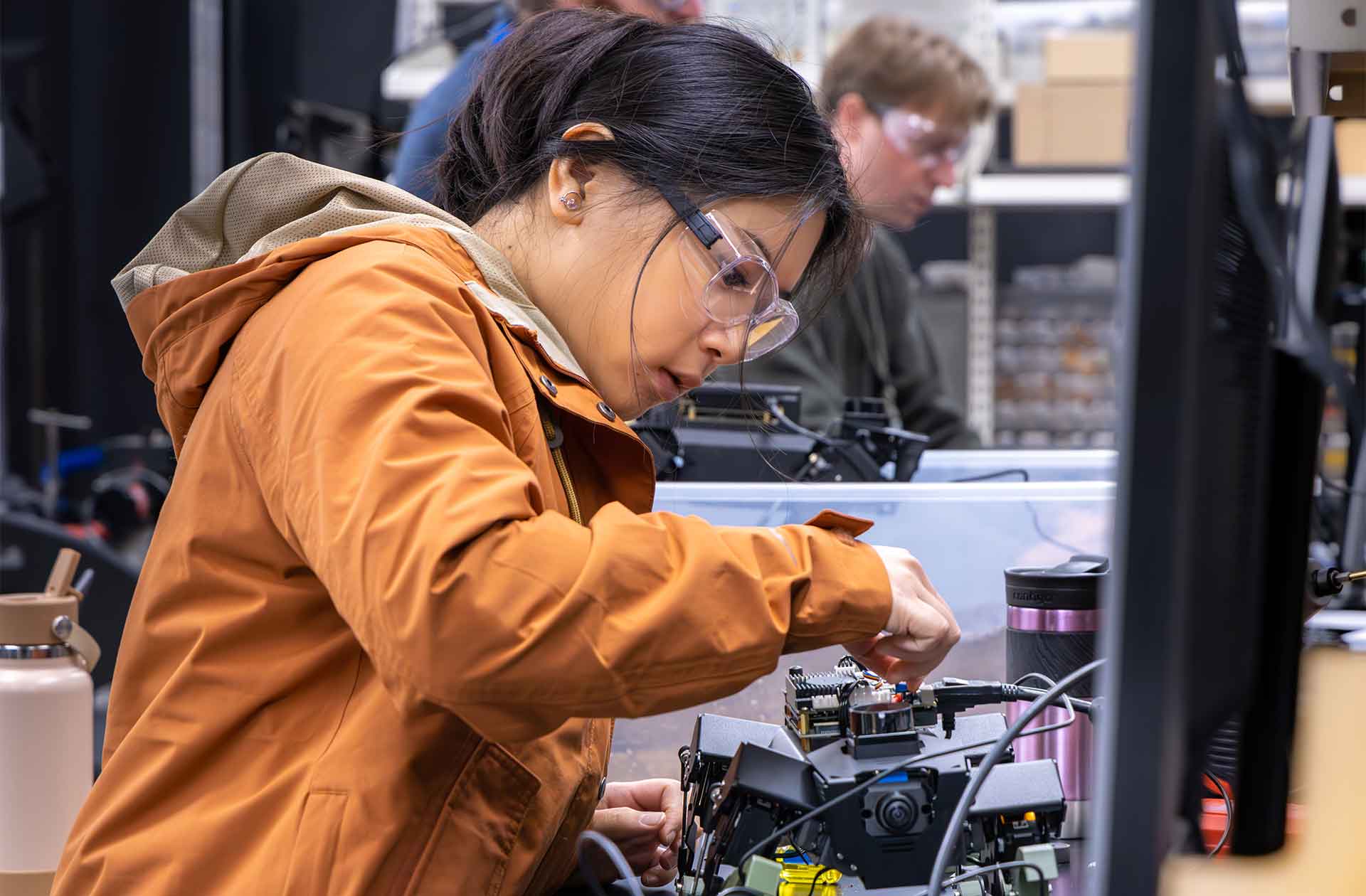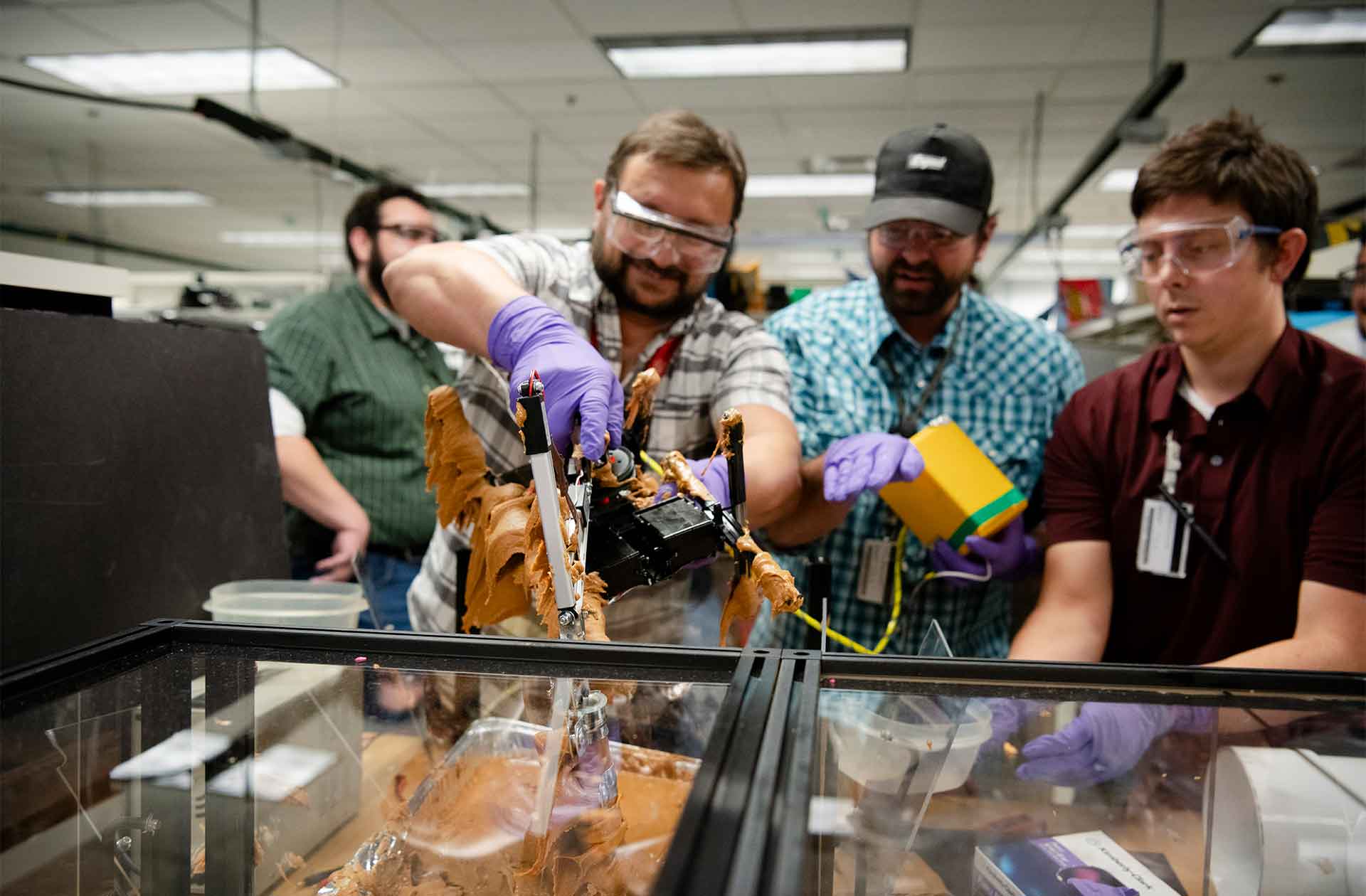Blazing partnerships
Los Alamos scientists work with the New Mexico Fire Training Academy to better understand how fires behave.
- Ian Laird, Communications specialist

In the event of a nuclear detonation, fires caused by thermal radiation will flare up around the blast site. Jon Reisner, an atmospheric scientist at Los Alamos National Laboratory, has spent more than three decades modeling what those fires might look like and what their downstream effects might be.
But how do you model a fire? Some of the data that Reisner uses comes from crib fires—essentially, small experimental fires. The problem with crib fires, however, is that they typically resemble wildfires, which are fueled by organic material. This is very different from fires in urban environments. In cities, Reisner explains, modern construction materials, such as glass, steel, and concrete, burn differently than materials such as wood and plant matter. Oxygen levels also play a role in how fires behave: buildings have limited ventilation compared to the open environments of wildfires.
Just over a year ago, Kip Carrico, a professor at the New Mexico Institute of Mining and Technology, and Ryan Himes, a New Mexico Tech graduate student, introduced Reisner to the New Mexico Fire Training Academy, located west of Socorro.

“To be honest with you, I wish we knew about this facility probably 20 or 30 years ago,” Reisner says. “We went down there, and they just had fun burning things.”
At the academy, firefighters are presented with fires in mock buildings and rooms that are similar to what they might encounter on the job in an urban environment—and perfect for Reisner to study Now, Carrico gathers data for Reisner by flying drones through the smoke plumes of training fires to collect aerosol samples.
“This is a way for us to transition from crib fires to actually looking at more realistic fuels,” Reisner says.
The facility also allows Reisner and his team to study ventilation parameters, such as the number and size of the gaps in an enclosed space, which affect how particles escape and oxygen enters the space. For example, Reisner can study a fire in a room with multiple windows and doors versus a room with only a door. The data can be extrapolated and applied to large-scale urban fires.
“Small ventilation parameters sort of quench the fire,” Reisner explains. “Then, as you increase the parameters, as you add more oxygen, you get a steady state between burning and oxygen coming into the fire.”
Reisner says the data collected through the collaboration with the New Mexico Fire Training Academy is helping build a foundation for future research. “When we do calculations, now they're based on additional data that's very good,” he says. “This helps validate our models, and so hopefully the next generation of scientists can piggyback on these efforts and really start understanding the complexity of these combustion scenarios.” ★








